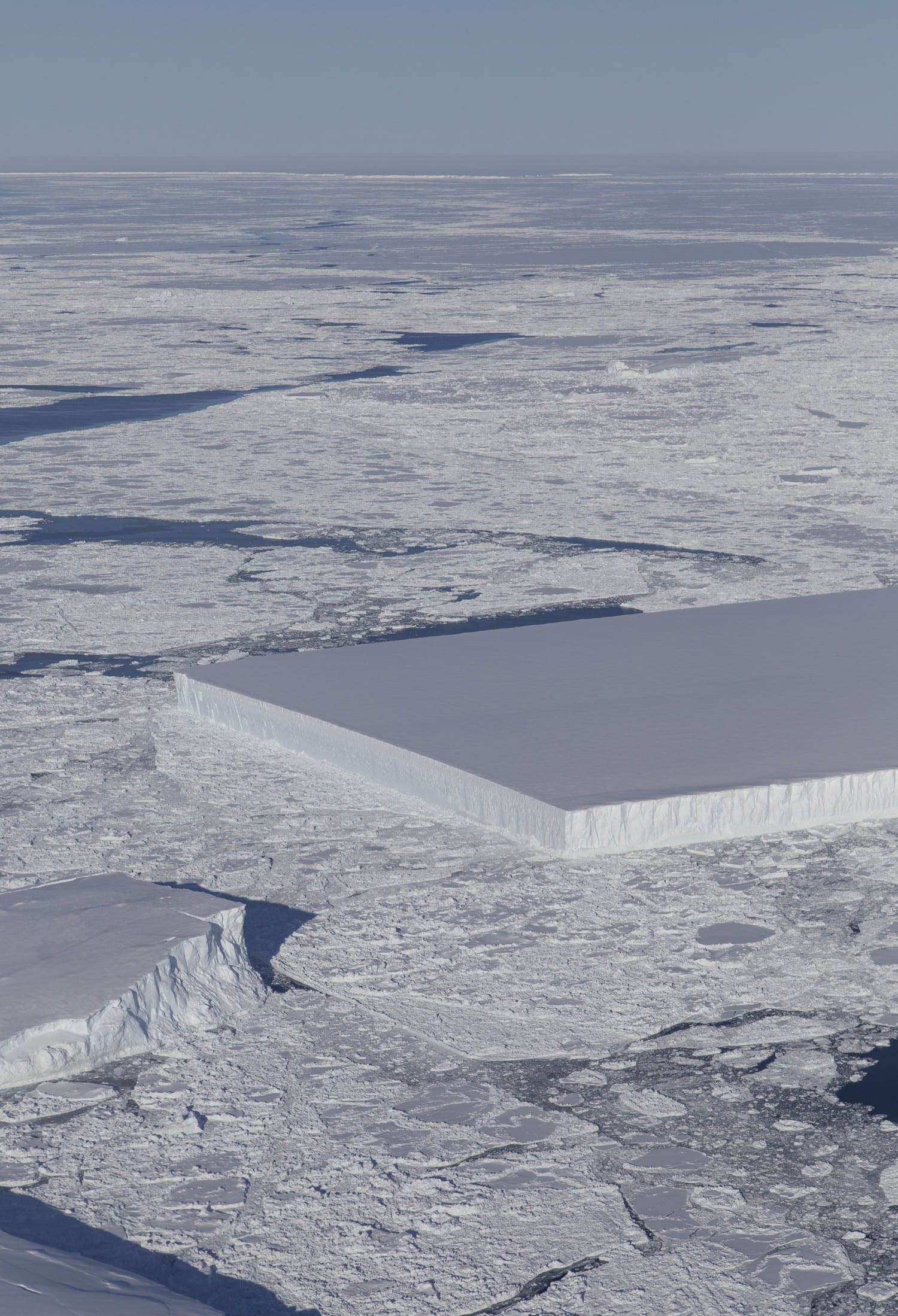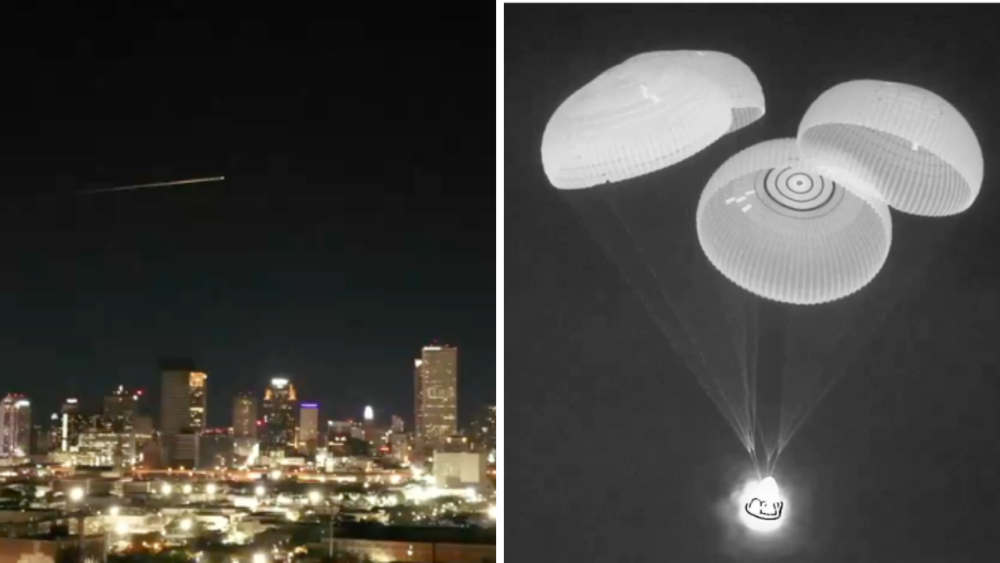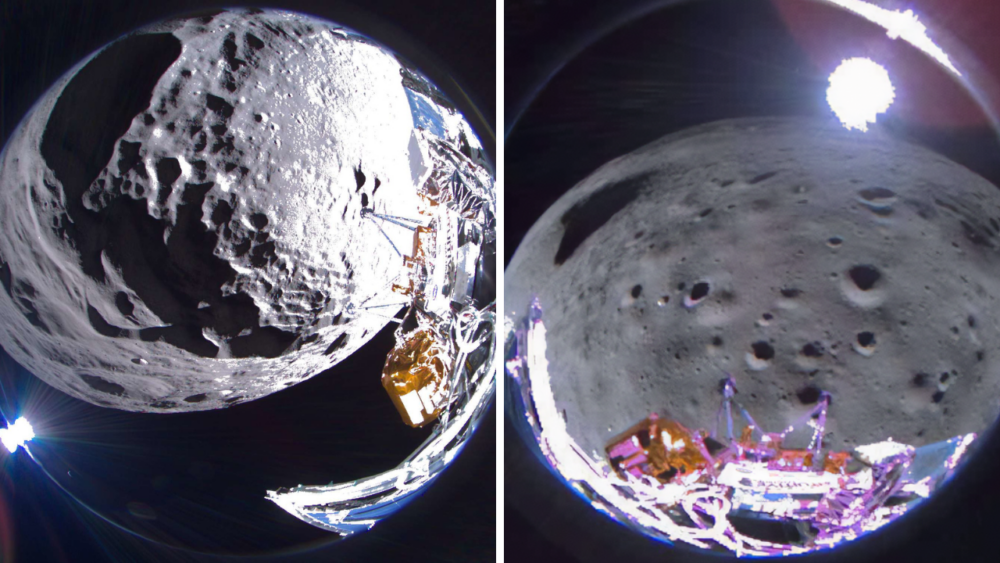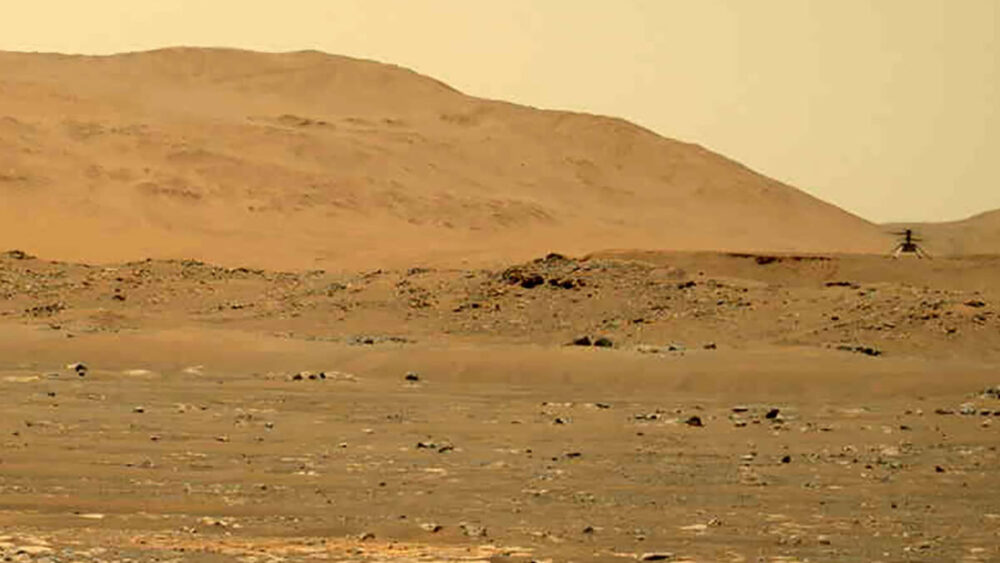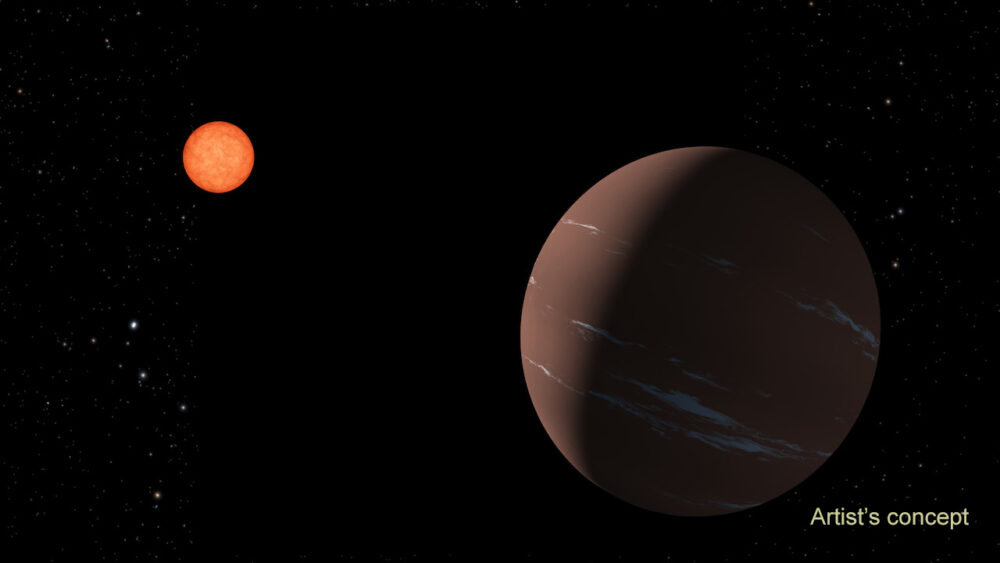NASA found a surprisingly rectangular iceberg in Antarctica
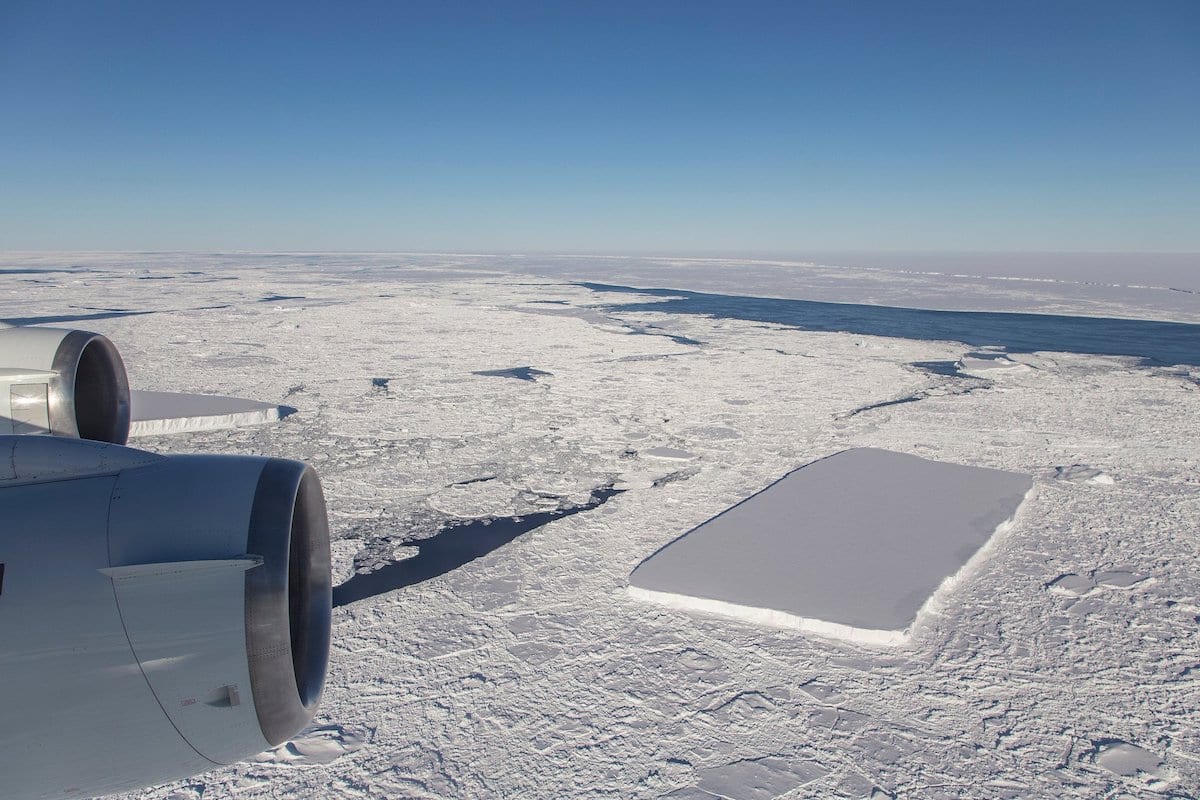
A strikingly rectangular, naturally formed ice sheet has been spotted by NASA during a regular flyover on Oct. 16.
The survey, code-named Operation IceBridge, is designed to watch for changes in the ice levels at several glaciers across Antarctica.
It was during one of these regular surveillance flights that senior support scientist Jeremy Harbeck spotted an unusually angular iceberg floating just off the Larsen C ice shelf.
“I often see icebergs with relatively straight edges, but I’ve not really seen one before with two corners at such right angles like this one had,” Harbeck said in a statement.
The picture, shared on NASA’s social media account, prompted questions as to whether it was a natural occurrence.
Jan Lieser, a marine glaciologist with the Antarctic Climate & Ecosystems Cooperative Research Center, said it isn’t unusual to see straight lines and sharp angles on ice sheets.
“It’s a natural occurrence, it’s beautiful, but nothing out of ordinary … I’ve seen many icebergs around Antarctica that have very straight, very long sides,” he said.
Lieser said the straight lines are due to the structure of the snow crystals, and how they break apart and react to stresses.
“There’s no one going around with a chain saw and chopping it off … Nature does sometimes go on square angles,” he said.
In the statement from NASA, Harbeck said he had actually been more interested in capturing the massive A68 iceberg, the size of the US state of Delaware, which split off from the Larson C ice shelf in 2017.
“We were about to fly over but thought this one was visually interesting and fairly photogenic, so on a lark, I just took a couple photos,” Harbeck said.
“The iceberg’s sharp angles and flat surface indicate that it probably recently calved from the ice shelf.”

This IceBridge deployment is due to conclude on November 18, according to NASA.
Written by Ben Westcott for CNN.
The-CNN-Wire
™ & © 2018 Cable News Network, Inc., a Time Warner Company. All rights reserved.


